
The Enchanting East Fjords of Iceland
Discover the serene beauty of Iceland's East Fjords, where dramatic landscapes, charming villages, and diverse wildlife await in an unspoiled natural paradise.
The East Fjords of Iceland are a hidden treasure, offering a serene and majestic escape from the usual tourist paths. This region is known for its dramatic landscapes, where towering mountains plunge into the sea, creating breathtaking fjords that stretch along the coastline. Visitors can explore quaint fishing villages, each with its own unique charm and history. The area is also home to diverse wildlife, including reindeer and puffins, making it a haven for nature enthusiasts. The East Fjords are perfect for those seeking tranquility and natural beauty. The scenic drives along the fjords provide stunning views and numerous opportunities for photography. Hiking trails abound, leading adventurers through lush valleys and up to panoramic viewpoints where one can take in the unspoiled beauty of the Icelandic wilderness. Don't miss the chance to visit the local museums and art galleries, which offer insights into the region's rich cultural heritage. In the East Fjords, you can also enjoy outdoor activities such as kayaking, fishing, and bird watching. The small towns and villages offer warm hospitality, with cozy guesthouses and traditional Icelandic cuisine waiting to be discovered. Whether you are looking to relax and unwind or embark on an adventure, the East Fjords of Iceland promise an unforgettable experience.
Local tips in East Fjords
- Visit in the summer months for the best weather and extended daylight hours.
- Rent a car for the most flexibility in exploring the fjords and remote areas.
- Bring layers of clothing as the weather can change rapidly.
- Try the local seafood, particularly in the fishing villages, for a true taste of the region.
- Watch for reindeer, especially in the eastern part of the region.
- Don't forget your camera; the landscapes are incredibly photogenic.
The Enchanting East Fjords of Iceland
The East Fjords of Iceland are a hidden treasure, offering a serene and majestic escape from the usual tourist paths. This region is known for its dramatic landscapes, where towering mountains plunge into the sea, creating breathtaking fjords that stretch along the coastline. Visitors can explore quaint fishing villages, each with its own unique charm and history. The area is also home to diverse wildlife, including reindeer and puffins, making it a haven for nature enthusiasts. The East Fjords are perfect for those seeking tranquility and natural beauty. The scenic drives along the fjords provide stunning views and numerous opportunities for photography. Hiking trails abound, leading adventurers through lush valleys and up to panoramic viewpoints where one can take in the unspoiled beauty of the Icelandic wilderness. Don't miss the chance to visit the local museums and art galleries, which offer insights into the region's rich cultural heritage. In the East Fjords, you can also enjoy outdoor activities such as kayaking, fishing, and bird watching. The small towns and villages offer warm hospitality, with cozy guesthouses and traditional Icelandic cuisine waiting to be discovered. Whether you are looking to relax and unwind or embark on an adventure, the East Fjords of Iceland promise an unforgettable experience.
When is the best time to go to East Fjords?
Iconic landmarks you can’t miss
Jökulsárlón Glacier Lagoon Boat Tours and Cafe
Experience the breathtaking beauty of Jökulsárlón Glacier Lagoon, where floating icebergs and stunning landscapes create an unforgettable Icelandic adventure.
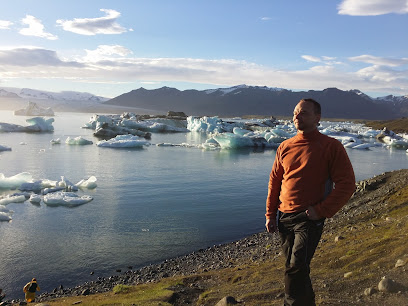
Vatnajökull National Park
Discover the breathtaking beauty of Vatnajökull National Park, Iceland's largest national park featuring stunning glaciers, diverse wildlife, and unparalleled landscapes.
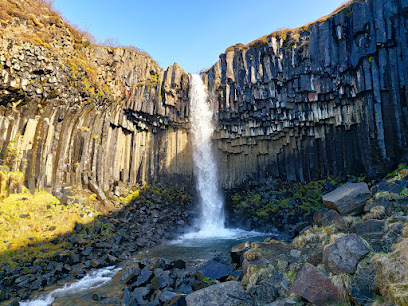
Skaftafell
Explore the breathtaking landscapes of Skaftafell National Park, where glaciers, waterfalls, and unique geology await in Iceland's natural paradise.
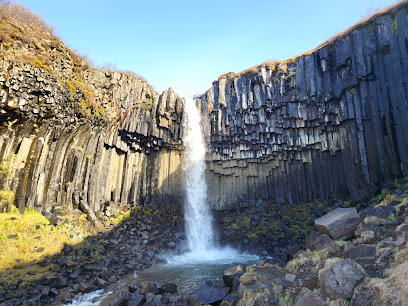
Stuðlagil Canyon Main Access
Explore the enchanting Stuðlagil Canyon, where stunning basalt columns meet turquoise waters in a breathtaking natural landscape.
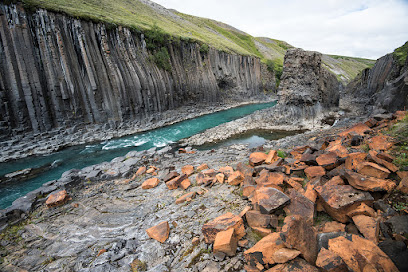
Borgarfjarðarhöfn
Discover the breathtaking beauty of Borgarfjarðarhöfn, Iceland's top destination for observing puffins amidst stunning coastal landscapes.
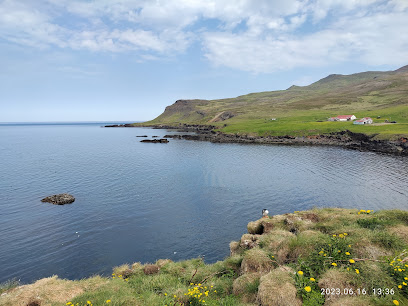
Vök Baths
Discover the tranquil beauty of Vök Baths, Iceland's unique geothermal spa nestled in nature, offering relaxation and rejuvenation like no other.
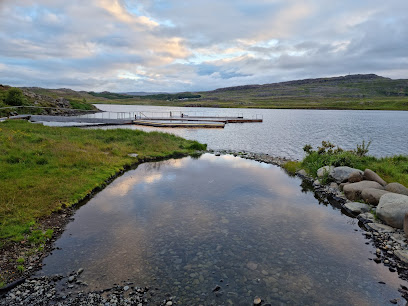
Svínafellsjökull Glacier
Discover the breathtaking beauty of Svínfellsjökull Glacier, a highlight of Vatnajökull National Park, offering adventurous hiking and stunning glacial views.
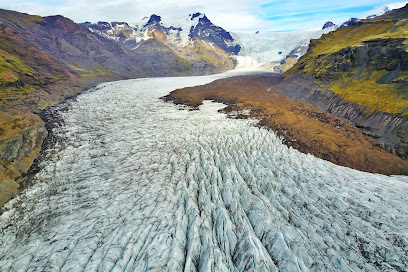
Stokksnes
Discover the breathtaking landscapes of Stokksnes, where black sand beaches meet towering mountains in the heart of Iceland's natural beauty.
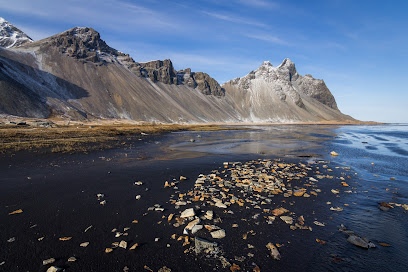
Hengifoss
Discover the majestic Hengifoss waterfall, a stunning natural wonder in Iceland surrounded by breathtaking landscapes and rich geological history.
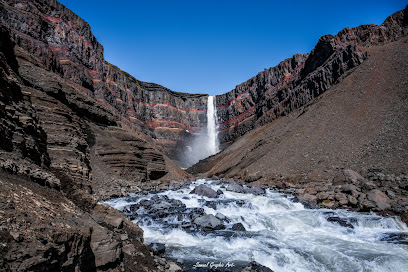
Petra's Stone Collection
Explore the enchanting Petra's Stone Collection in Stöðvarfjörður, a treasure trove of Icelandic minerals and stunning gardens.
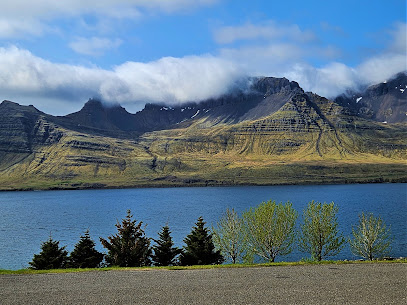
Gufu waterfall
Discover the breathtaking beauty of Gufu Waterfall in Seydisfjordur, a natural gem offering stunning landscapes and serene surroundings in Iceland's East Fjords.
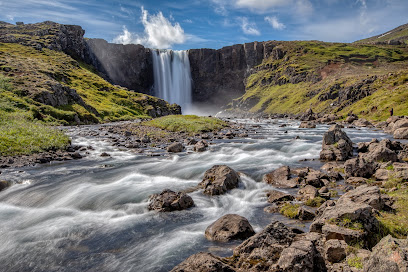
Nykurhylsfoss (Sveinsstekksfoss)
Discover the serene beauty of Nykurhylsfoss, a breathtaking waterfall in Iceland's stunning Djupivogur region, perfect for nature lovers and adventure seekers.
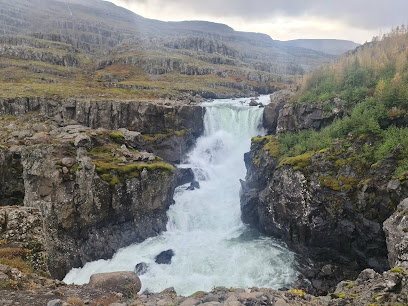
Litlanesfoss
Discover the breathtaking Litlanesfoss Waterfall, a hidden gem in Iceland renowned for its stunning cascades and unique basalt formations.
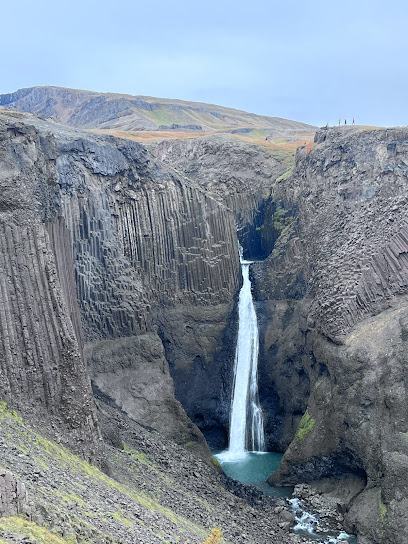
Hvalnes Lighthouse
Explore the stunning Hvalnes Lighthouse, a historical landmark on Iceland's coast, where ocean views and rich maritime heritage await.
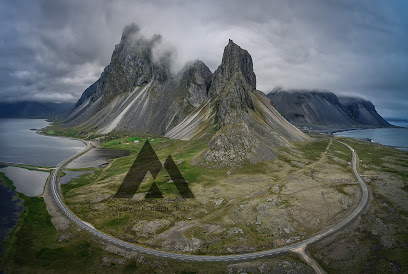
Fosshotel Eastfjords
Experience Iceland's stunning Eastfjords at Fosshotel Eastfjords, a charming hotel blending comfort, culture, and adventure in a breathtaking setting.

Unmissable attractions to see
Borgarfjarðarhöfn
Experience the breathtaking beauty of Borgarfjarðarhöfn, Iceland's premier destination for puffin watching and coastal exploration.

Stokksnes
Discover the enchanting beauty of Stokksnes, Iceland, where the majestic Vestrahorn mountain meets the breathtaking black sand beaches.
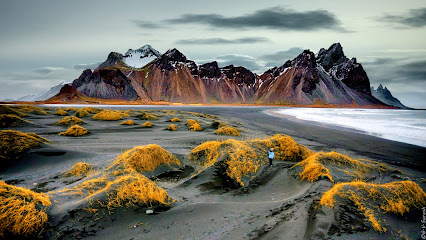
Petra's Stone Collection
Explore Petra's Stone Collection, a unique fusion of museum and garden in East Iceland, showcasing stunning geological wonders and vibrant flora.
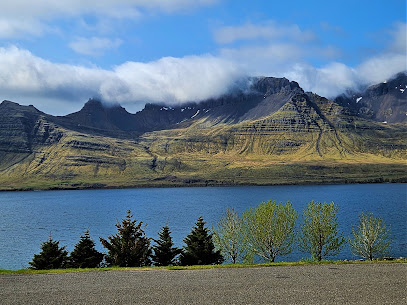
Hvalnes Lighthouse
Discover the breathtaking Hvalnes Lighthouse, a historical gem along Iceland's rugged coastline, offering stunning ocean views and rich maritime heritage.
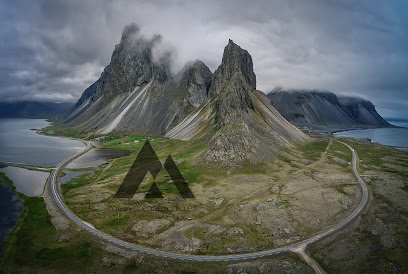
Eggin í Gleðivík
Experience the captivating Eggin í Gleðivík, a unique sculpture park celebrating Iceland's avian diversity in a breathtaking coastal setting.

Skriduklaustur
Discover the rich history and vibrant art scene at Skriduklaustur, Iceland's cultural gem offering a unique blend of experiences.
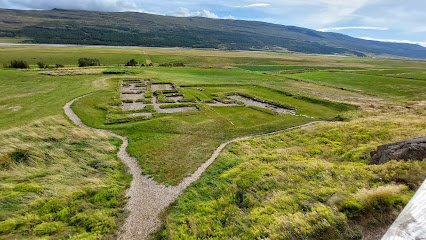
Lækjavik
Discover the serene beauty of Lækjavik, a nature preserve in Iceland, perfect for hiking, wildlife watching, and experiencing breathtaking landscapes.
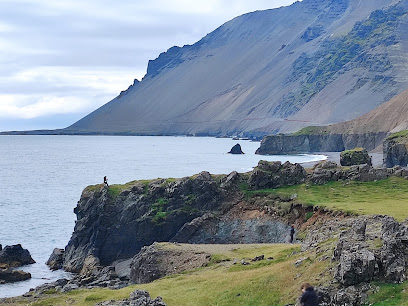
Guðrúnarlaug hot spring
Unwind in the historic Guðrúnarlaug hot spring, where soothing thermal waters meet breathtaking Icelandic landscapes for an unforgettable experience.

Lindarbakki
Discover the enchanting Lindarbakki turf house in Borgarfjörður Eystri, a captivating glimpse into Icelandic heritage and stunning natural landscapes.
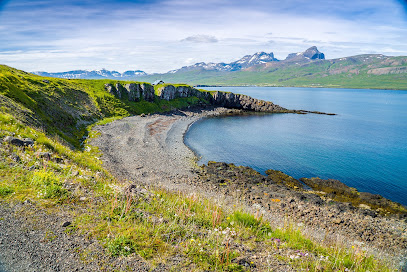
Hvalnes Nature Reserve Beach
Experience the breathtaking beauty of Hvalnes Nature Reserve Beach, a scenic spot on Iceland's southeast coast, perfect for photography and relaxation.
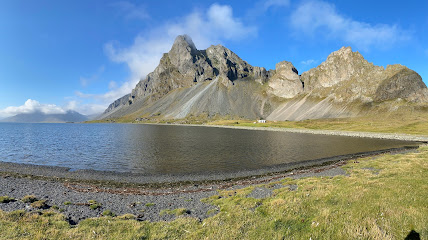
Wilderness Center
Experience Iceland's wilderness at the Wilderness Center - a unique museum, guesthouse, and dining experience amidst breathtaking landscapes.
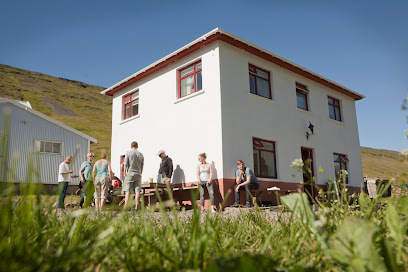
Arctic Fox Centre
Explore the Arctic Fox Centre in Súðavík for an educational and engaging experience dedicated to the conservation of Iceland's unique Arctic wildlife.

Borgarfjörður eystri
Explore the breathtaking beauty of Borgarfjörður Eystri, a top birdwatching destination in Iceland, teeming with diverse wildlife and stunning landscapes.
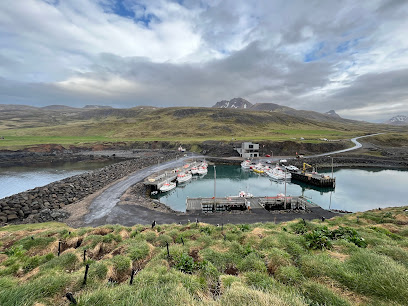
Lagarfljót
Discover the enchanting beauty of Lagarfljót, Iceland's breathtaking glacial lake, rich in folklore and stunning landscapes.
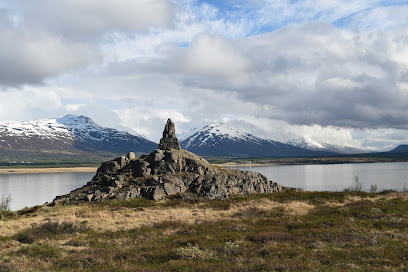
Vestrahorn Mountain
Explore the breathtaking Vestrahorn Mountain in Iceland, a stunning nature preserve with dramatic landscapes and unrivaled photographic opportunities.
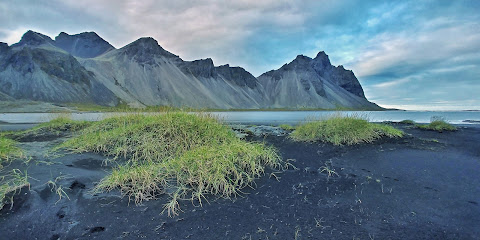
Essential places to dine
Pakkhús Restaurant
Experience the flavors of Iceland at Pakkhús Restaurant in Höfn – where fresh seafood meets stunning coastal views.
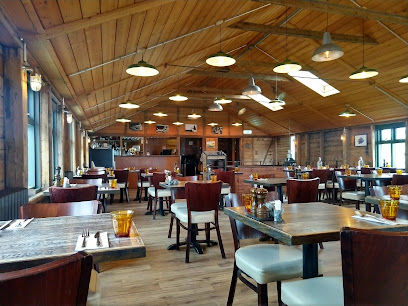
Vogafjós Farm Resort
Discover authentic Icelandic flavors at Vogafjós Farm Resort near Lake Mývatn - where fresh ingredients meet breathtaking scenery.
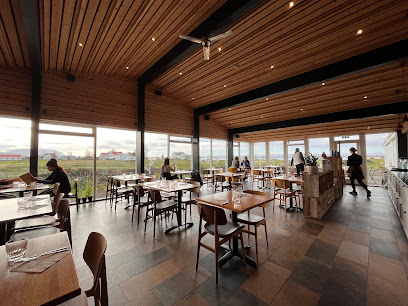
Tjöruhúsið
Discover Tjöruhúsið: A seafood gem in Ísafjörður serving fresh catches and traditional flavors against stunning fjord views.
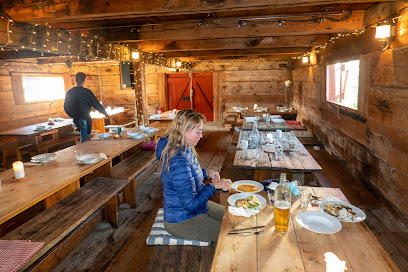
Naustið
Experience authentic Icelandic seafood at Naustið in Húsavík, where fresh ingredients meet breathtaking views.
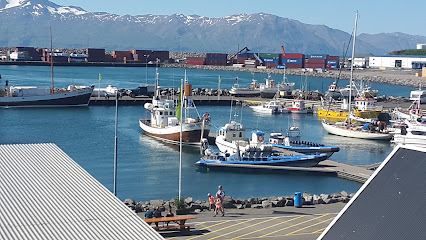
Fjöruborðið
Experience authentic Icelandic seafood at Fjöruborðið in Stokkseyri – where fresh flavors meet stunning coastal views.

Kaffi Lára El Grillo Bar
Discover the flavors of Iceland at Kaffi Lára El Grillo Bar in Seyðisfjörður - where local ingredients meet stunning fjord views.
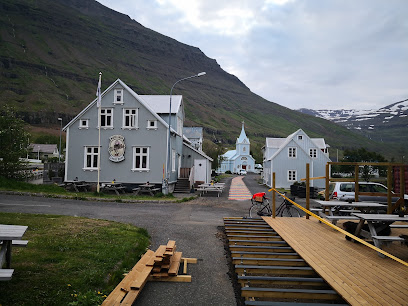
Fosshotel Eastfjords
Discover comfort and adventure at Fosshotel Eastfjords, your gateway to Iceland's breathtaking eastern fjords and rich cultural heritage.

Skaftfell Bistro
Discover the culinary delights at Skaftfell Bistro in Seyðisfjörður - where local flavors meet artistic charm amidst breathtaking landscapes.
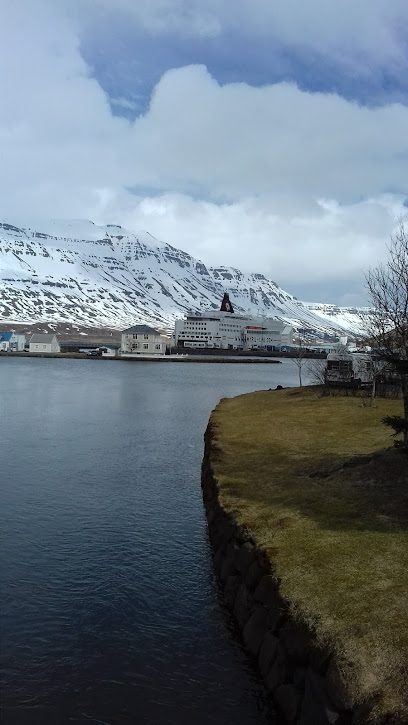
Cafe Sumarlína
Discover the flavors of Iceland at Cafe Sumarlína in Fáskrúðsfjörður - where local cuisine meets warm hospitality.
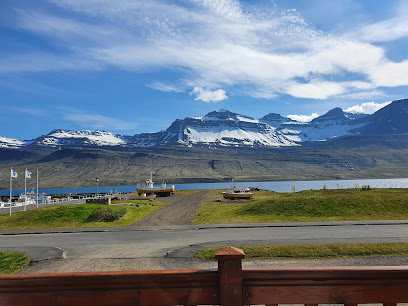
ÁLFACAFÉ
Discover ÁLFACAFÉ: A charming café in Borgarfjörður Eystri offering delicious local cuisine and breathtaking views.
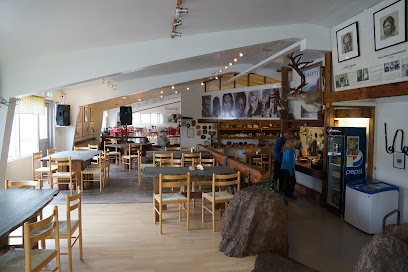
Lyng restaurant
Discover authentic Icelandic flavors at Lyng Restaurant in Egilsstaðir – where every dish tells a story.
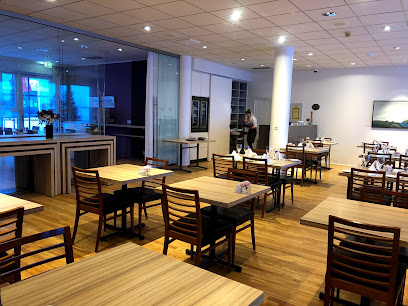
Nordic Restaurant
Discover exquisite Icelandic cuisine at Nordic Restaurant in Seydisfjordur - where tradition meets modern culinary artistry.

Klausturkaffi
Experience authentic Icelandic flavors at Klausturkaffi, a top-rated restaurant nestled in scenic Skriduklaustur.
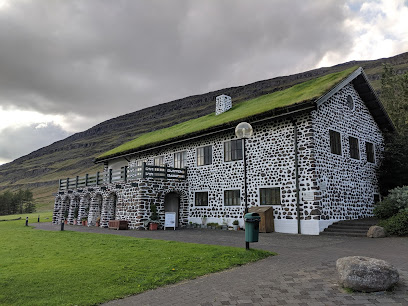
Hótel Flókalundur
Discover comfort and adventure at Hótel Flókalundur—your gateway to the breathtaking Westfjords of Iceland.

Nielsen restaurant
Experience authentic Icelandic cuisine at Nielsen Restaurant in Egilsstaðir – where fresh ingredients meet warm hospitality.
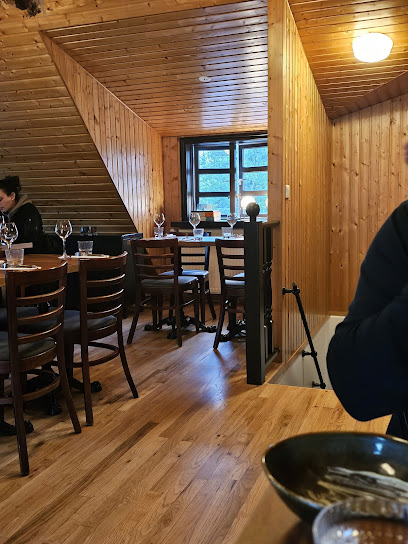
Markets, malls and hidden boutiques
Stuðlagil Canyon Main Access
Experience the breathtaking beauty of Stuðlagil Canyon with its unique basalt columns and vibrant turquoise waters, a true gem in Eastern Iceland.

Borgarfjarðarhöfn
Experience the charm of Borgarfjarðarhöfn, a breathtaking harbor in Bakkagerði, home to stunning coastal views and vibrant puffin colonies.

Hengifoss
Explore Hengifoss, one of Iceland's tallest waterfalls, and witness its breathtaking beauty amidst stunning landscapes.
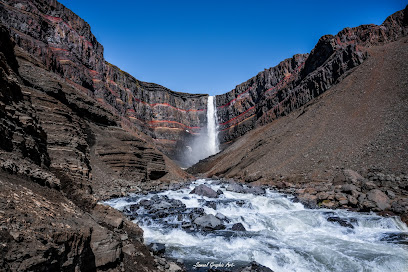
Petra's Stone Collection
Explore the enchanting Petra's Stone Collection in Stöðvarfjörður, showcasing Iceland's stunning geological wonders and beautiful gardens.
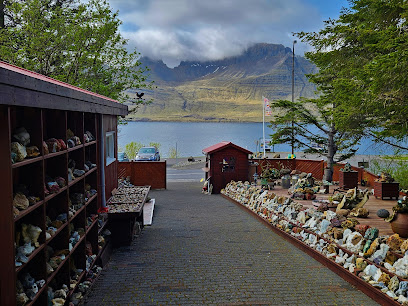
Gufu waterfall
Discover Gufu Waterfall, a breathtaking natural wonder in Seydisfjordur, Iceland, perfect for nature lovers and photographers seeking serenity.

Nykurhylsfoss (Sveinsstekksfoss)
Discover the serene beauty of Nykurhylsfoss, Iceland's hidden waterfall gem, surrounded by stunning landscapes and tranquility.
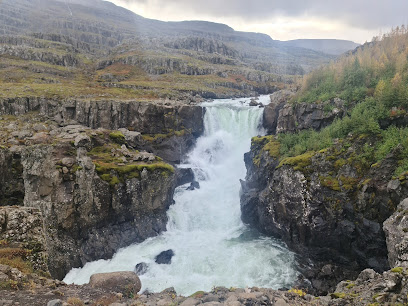
Litlanesfoss
Experience the breathtaking beauty of Litlanesfoss Waterfall, a hidden gem in Iceland perfect for nature lovers and photographers alike.

Eggin í Gleðivík
Explore the unique outdoor sculpture park of Eggin í Gleðivík, featuring oversized egg sculptures and stunning coastal views in Djúpivogur, Iceland.
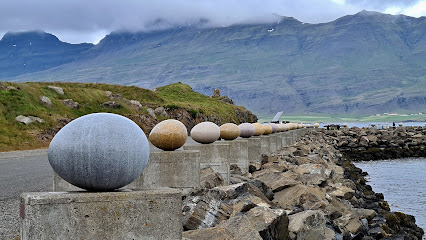
Skriduklaustur
Discover the cultural gem of Skriduklaustur, where history, art, and Icelandic cuisine blend seamlessly in a stunning natural setting.
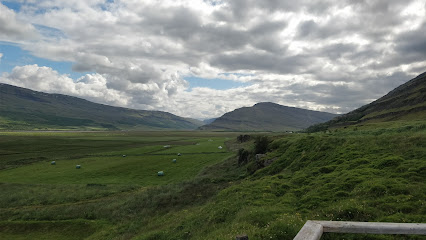
Lækjavik
Discover the breathtaking natural beauty of Lækjavik, a serene nature preserve in Iceland, perfect for outdoor enthusiasts and wildlife lovers.
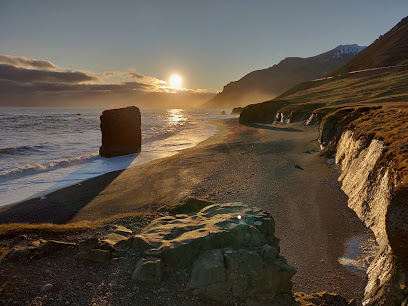
Stuðlafoss Waterfall
Discover the breathtaking beauty of Stuðlafoss Waterfall, a captivating natural wonder in Iceland showcasing stunning cascades and scenic landscapes.
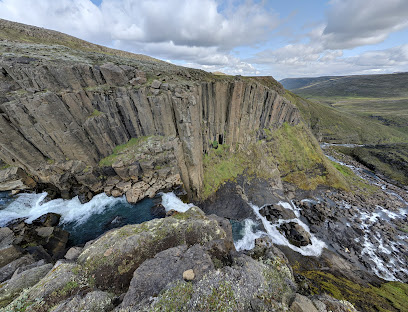
Fardagafoss
Experience the breathtaking beauty of Fardagafoss Waterfall in Iceland, a serene escape into nature's wonders.
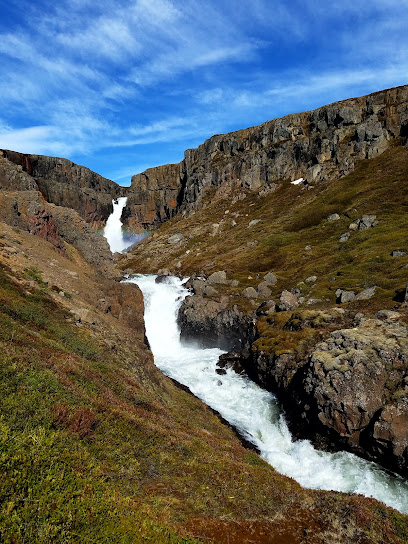
Rjúkandi Waterfall
Discover the breathtaking beauty of Rjúkandi Waterfall, a stunning natural attraction in Iceland surrounded by serene landscapes and rich wildlife.
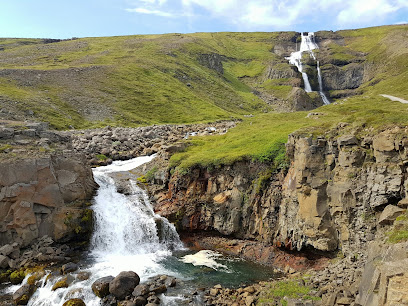
Wilderness Center
Experience the charm of the Icelandic countryside at the Wilderness Center - a unique guest house, museum, and restaurant in one.

Klifbrekku Waterfall
Experience the breathtaking beauty of Klifbrekku Waterfall, a hidden gem in Iceland's stunning landscapes, perfect for nature lovers and adventurers.
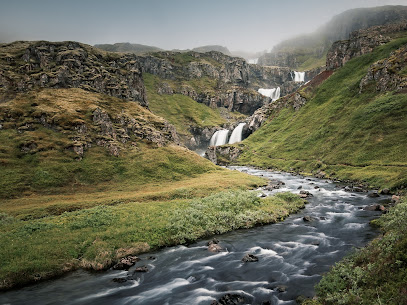
Essential bars & hidden hideouts
Íslenski barinn
Experience authentic Icelandic cuisine and vibrant culture at Íslenski Barinn, Reykjavík’s premier bar and restaurant.
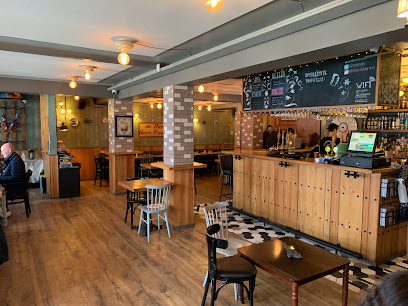
Kaffi Lára El Grillo Bar
Discover the heart of Seyðisfjörður at Kaffi Lára El Grillo Bar, where local flavors meet a vibrant atmosphere in a cozy setting.
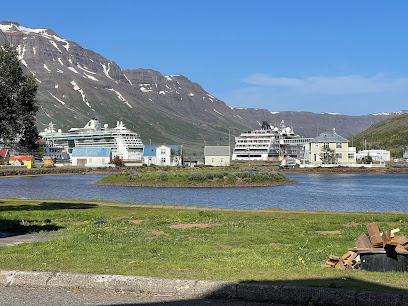
Bravó
Experience the vibrant nightlife at Bravó, a top cocktail and live music bar in Reykjavík, offering an extraordinary selection of drinks and entertainment.
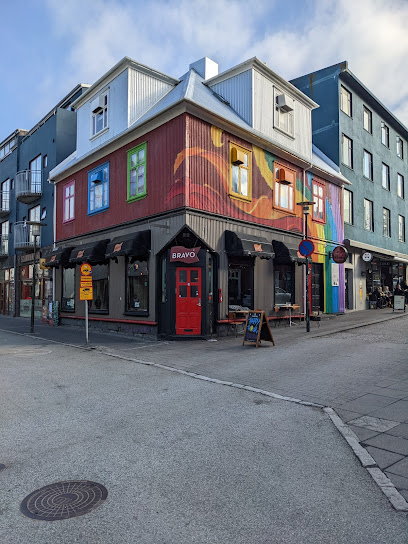
Kaffibarinn
Experience the vibrant nightlife of Reykjavík at Kaffibarinn, where locals and tourists unite for a memorable evening filled with drinks and laughter.
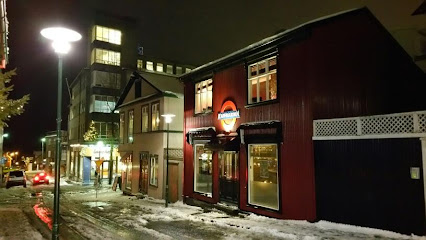
Magic Ice Reykjavík - Ice Bar & Gallery
Discover the magic of ice sculptures and refreshing cocktails at Reykjavík's premier ice bar and art gallery.
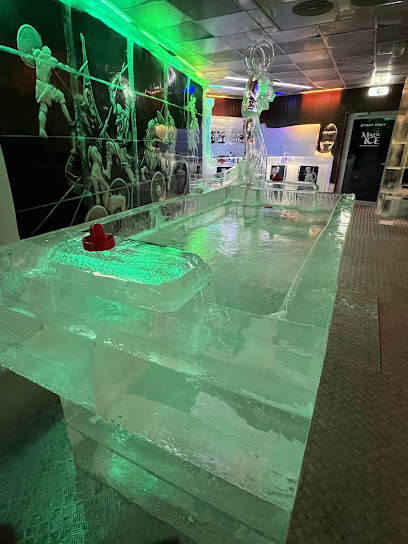
Cafe Sumarlína
Experience the charm and flavors of Café Sumarlína, a delightful restaurant in Fáskrúðsfjörður, offering local cuisine and breathtaking fjord views.
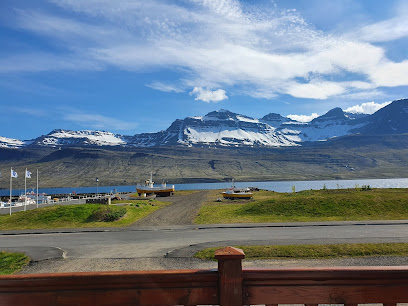
Skaftfell Bistro
Discover authentic Icelandic flavors at Skaftfell Bistro, a cozy dining spot in Seyðisfjörður surrounded by breathtaking fjord views.
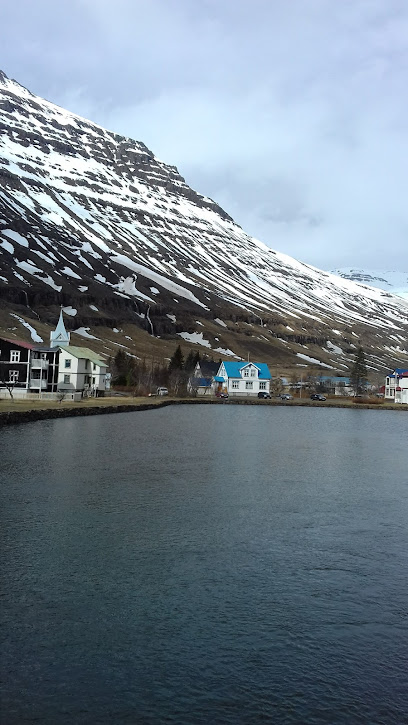
ÁLFACAFÉ
Experience the unique flavors of Iceland at ÁLFACAFÉ, a cozy restaurant and cafe in the stunning Borgarfjörður Eystri region.
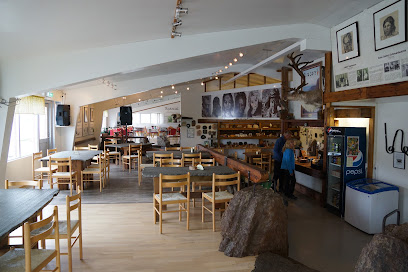
Nordic Restaurant
Savor the flavors of Iceland at Nordic Restaurant, where fresh local ingredients meet traditional Nordic culinary artistry in a stunning fjord setting.
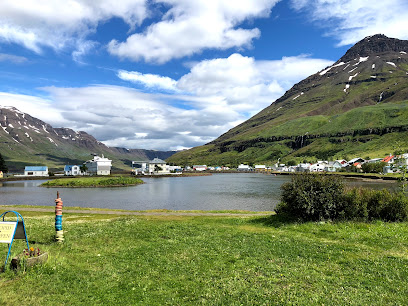
Lyng restaurant
Experience the best of Icelandic flavors at Lyng Restaurant in Egilsstaðir, where local ingredients meet culinary creativity.
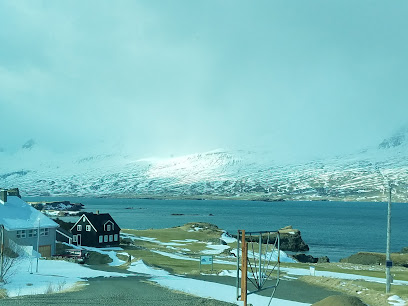
Bjórgarðurinn
Discover Bjórgarðurinn in Reykjavik: A premier grill and bar serving delicious food and a vibrant atmosphere perfect for any occasion.
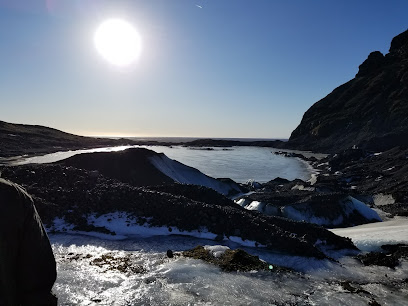
Fancy Sheep
Discover the charm of Fancy Sheep, a cozy restaurant in Seydisfjordur, offering fresh seafood and a unique culinary experience in East Iceland.
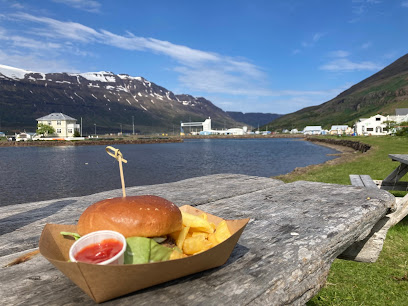
Ölstofa
Experience the vibrant atmosphere of Ölstofa, Reykjavík's favorite bar, known for its extensive beer selection and friendly local vibe.

Randulf's Sea House
Experience the essence of Icelandic cuisine at Randulf's Sea House, where fresh seafood meets stunning fjord views.
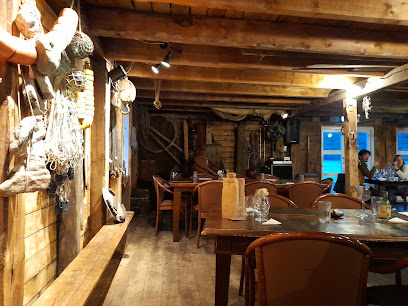
Hildibrand Hotel
Experience the best of Icelandic cuisine and hospitality at Hildibrand Hotel, your home in the beautiful Neskaupstaður.

Local Phrases about East Fjords
-
- HelloHalló
[hah-loh] - GoodbyeBless
[bless] - YesJá
[yow] - NoNei
[nay] - Please/You're welcomeGjörðu svo vel
[gyohr-thuh svoh vel] - Thank youTakk fyrir
[tahk fi-rir] - Excuse me/SorryAfsakið
[ahv-sah-kihth] - How are you?Hvernig hefur þú það?
[khvehr-nihg heh-ur thoo thah-th] - Fine. And you?Fínt. Og þú?
[feent ohg thoo] - Do you speak English?Talar þú ensku?
[tah-lahr thoo ehn-skoo] - I don't understandÉg skil ekki
[yehg skil ekk-ee]
- HelloHalló
-
- I'd like to see the menu, pleaseÉg ætla að sjá matsedilinn, takk
[yehg ait-lah ath syah maht-seh-thill-inn tahk] - I don't eat meatÉg borða ekki kjöt
[yehg bor-tha ekk-ee k-yoht] - Cheers!Skál!
[skowl] - I would like to pay, pleaseMig langar að greiða, takk
[meeg lahn-gahr ath gray-tha tahk]
- I'd like to see the menu, pleaseÉg ætla að sjá matsedilinn, takk
-
- Help!Hjálp!
[hyowlp] - Go away!Farðu í burtu!
[far-thoo ih bur-thoo] - Call the Police!Hringdu í lögregluna!
[hring-thoo ih loh-greh-gluna] - Call a doctor!Hringdu í lækninn!
[hring-thoo ih lahk-nin] - I'm lostÉg er týndur
[yehg ehr teun-thur] - I'm illÉg er veikur
[yehg ehr vay-kur]
- Help!Hjálp!
-
- I'd like to buy...Ég ætla að kaupa...
[yehg ait-lah oith koy-pah] - I'm just lookingÉg er bara að skoða
[yehg ehr bah-rah ath skoh-thah] - How much is it?Hvað kostar það?
[khvath kohs-tahr thah-th] - That's too expensiveÞað er of dýrt
[thah-th ehr ohf deert] - Can you lower the price?Getur þú lækkad verðið?
[geh-tuhr thoo leh-kah-th ver-theeth]
- I'd like to buy...Ég ætla að kaupa...
-
- What time is it?Hvað er klukkan?
[khvath ehr kloh-kahn] - It's one o'clockKlukkan er eitt
[kloh-kahn ehr ayt] - Half past (10)Hálf tíu
[howlf tee-oo] - MorningMorgunn
[mohr-gunn] - AfternoonSíðdegis
[seed-deh-yees] - EveningKvöld
[k-vohlt] - YesterdayÍ gær
[ee gai-r] - TodayÍ dag
[ee dahg] - TomorrowÁ morgun
[ow mohr-guhn] - 1Eitt
[ayt] - 2Tvö
[tvuh] - 3Þrír
[threer] - 4Fjórir
[fyoh-reer] - 5Fimm
[feem] - 6Sex
[sehx] - 7Sjö
[syoh] - 8Átta
[ow-thah] - 9Níu
[nee-oo] - 10Tíu
[tee-oo]
- What time is it?Hvað er klukkan?
-
- Where's a/the...?Hvar er...
[khvahr ehr] - What's the address?Hvað er heimilisfangið?
[khvath ehr hay-mih-lihs-fahn-gith] - Can you show me (on the map)?Getur þú sýnt mér (á kortinu)?
[geh-tuhr thoo seent mehr ow kohr-tih-nu] - When's the next (bus)?Hvenær kemur næsti (strætisvagn)?
[khve-nihr keh-muhr nais-ti strai-tis-vah-ny] - A ticket (to ....)Einn miða (til ....)
[aytn mi-thah til]
- Where's a/the...?Hvar er...
History of East Fjords
-
The East Fjords of Iceland were among the first areas to be settled by Norse Vikings in the late 9th century. The natural harbors and fertile lands attracted settlers who established farms and small communities. Notable figures such as Flóki Vilgerðarson, who gave Iceland its name, journeyed through these fjords, marking the beginning of Icelandic history in the area.
-
During the medieval period, the East Fjords played a significant role in Iceland's trade. The fjords served as important trading posts where goods like fish, wool, and skins were exchanged with European merchants. The town of Djúpivogur became particularly prominent during this time, with its well-protected harbor facilitating trade with the Hanseatic League.
-
In the 16th century, Iceland came under Danish rule, and the East Fjords were no exception. Danish influence is evident in the architecture and cultural practices that emerged during this period. The village of Eskifjörður, for instance, still showcases old Danish-style buildings and trading posts that date back to the era of Danish dominance.
-
During World War II, the strategic importance of the East Fjords became apparent. Seyðisfjörður, with its deep fjord and natural harbor, was used by Allied forces as a base. This period saw significant infrastructure development, including the construction of roads and airstrips which contributed to the post-war modernization of the region.
-
The mid-20th century Herring Boom brought economic prosperity to the East Fjords. Towns like Neskaupstaður thrived on the herring industry, with factories processing fish for export. This era left a lasting impact on the cultural and economic landscape, with many locals still reminiscing about the 'golden days' of herring fishing.
-
In recent decades, the East Fjords have experienced a cultural renaissance, drawing artists, writers, and musicians to the area. The annual LungA Art Festival in Seyðisfjörður has become a focal point for contemporary Icelandic art, attracting international attention and contributing to the cultural vibrancy of the region.
East Fjords Essentials
-
The East Fjords are located in the eastern part of Iceland. The nearest international airport is Egilsstaðir Airport, which has flights from Reykjavik. Alternatively, you can fly into Keflavik International Airport near Reykjavik and then take a domestic flight to Egilsstaðir. From Egilsstaðir, you can reach the East Fjords by renting a car or taking a bus. The drive from Reykjavik to the East Fjords takes approximately 8 hours, offering a scenic route along the Ring Road.
-
Transportation options in the East Fjords include rental cars, buses, and taxis. Renting a car is highly recommended for flexibility and to fully explore the remote areas. The public bus system connects major towns but may not cover all the smaller villages. Taxis are available but can be expensive. Biking is also a popular option for exploring the fjords in the summer months.
-
The official currency in Iceland is the Icelandic Króna (ISK). Credit and debit cards are widely accepted, even for small transactions. However, it's advisable to carry some cash for use in remote areas and small establishments that may not accept cards. ATMs are available in larger towns like Egilsstaðir.
-
The East Fjords are generally very safe for tourists, with low crime rates. Standard travel precautions are recommended, such as not leaving valuables in your car and being cautious in remote areas. There are no specific high-crime areas targeting tourists. However, always stay informed about the weather conditions, as they can change rapidly and affect travel plans.
-
In case of emergency, dial 112 for police, fire, or medical assistance. Egilsstaðir has a hospital and several pharmacies for medical needs. It is advisable to have travel insurance that covers medical emergencies and evacuation. For minor issues, local pharmacies can provide over-the-counter medications.
-
Fashion: Do wear layers and waterproof clothing, as the weather can be unpredictable. Avoid wearing heavy perfumes or scents as they can attract insects. Religion: Do respect local customs and religious sites. Remove your shoes when entering homes. Public Transport: Do respect the schedules and be punctual as buses run on a fixed timetable. Don't expect extensive public transport coverage in remote areas. Greetings: Do greet people with a friendly 'Góðan daginn' (Good day). A firm handshake is appreciated. Eating & Drinking: Do try local delicacies such as fresh seafood and lamb. Don't leave a tip as it is not customary in Iceland.
-
To experience the East Fjords like a local, visit the small fishing villages and interact with the residents. Try local dishes such as 'plokkfiskur' (fish stew) and 'skyr' (Icelandic yogurt). Attend local festivals and events to immerse yourself in the culture. Don’t miss the chance to explore the stunning natural landscapes, including mountains, waterfalls, and fjords. For a unique experience, consider joining a guided tour to learn about the region's history and folklore.
Trending Landmarks in East Fjords
-
Jökulsárlón Glacier Lagoon Boat Tours and Cafe
-
Vatnajökull National Park
-
Skaftafell
-
Stuðlagil Canyon Main Access
-
Borgarfjarðarhöfn
-
Vök Baths
-
Svínafellsjökull Glacier
-
Stokksnes
-
Hengifoss
-
Petra's Stone Collection
-
Gufu waterfall
-
Nykurhylsfoss (Sveinsstekksfoss)
-
Litlanesfoss
-
Hvalnes Lighthouse
-
Fosshotel Eastfjords
Nearby Cities to East Fjords
-
Things To Do in Seydisfjordur
-
Things To Do in Akureyri
-
Things To Do in Husavik
-
Things To Do in Dalvik
-
Things To Do in Saudarkrokur
-
Things To Do in Vik
-
Things To Do in Blonduos
-
Things To Do in Selfoss
-
Things To Do in Hveragerdi
-
Things To Do in Borgarnes
-
Things To Do in Kopavogur
-
Things To Do in Reykjavik
-
Things To Do in Hafnarfjordur
-
Things To Do in Stykkisholmur
-
Things To Do in Keflavik











